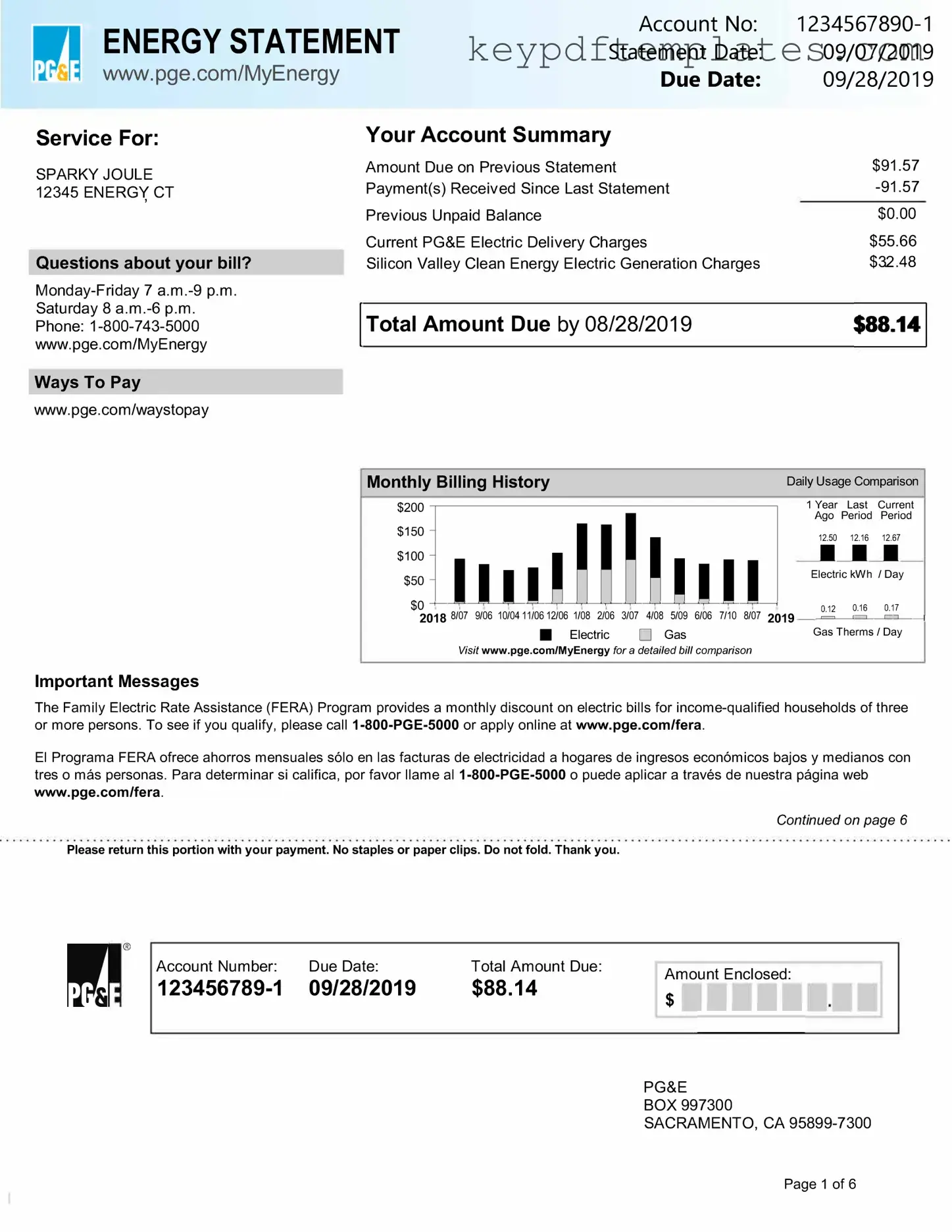Get Utility Bill Form
The Utility Bill form is a document used to provide proof of residency and verify utility service accounts. It typically includes details such as the account holder's name, service address, and billing information. Understanding this form is essential for various applications, including rental agreements and government assistance programs.
Modify Document Online
